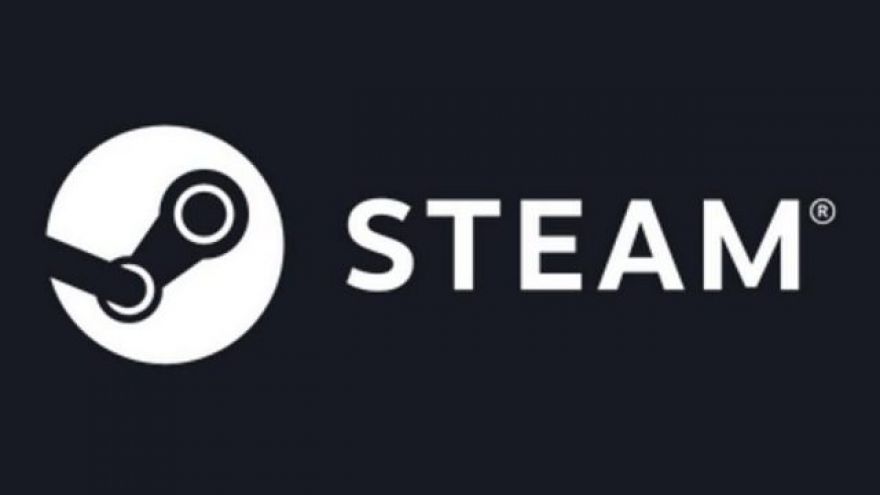
Here’s Why the Steam Hardware Survey Went Nuts Last Summer
Last year, the Steam Hardware Survey went crazy. With relatively little warning, most of the values reported by the company went haywire. Some of the impacts included Windows 7 suddenly becoming more popular than Windows 10, a precipitous market share decline for AMD in both CPU and GPUs, a steep drop in total VR market share, and, more generally speaking, a complete break with the previous data set that made new reports based on the SHS incompatible with any data that had been previously published.
At the time, several readers that the problem was related to PUBG, which had just gone live in China.
With no other evidence to the contrary, we concluded that the PUBG launch simply must have been that large, even though it seemed a bit unusual — after all, could one game spike to such ludicrous levels of popularity that it skewed installation demographics for Steam systems on a planetary level? The short answer, we now know, is no. The PUBG explanation wasn’t entirely wrong; it just had a bit of help.
Valve’s SHS page now includes the following explanation:
The latest Steam Hardware Survey incorporates a number of fixes that address over counting of cyber cafe customers that occurred during the prior seven months.
Historically, the survey used a client-side method to ensure that systems were counted only once per year, in order to provide an accurate picture of the entire Steam user population. It turns out, however, that many cyber cafes manage their hardware in a way that was causing their customers to be over counted.
Around August 2017, we started seeing larger-than-usual movement in certain stats, notably an increase in Windows 7 usage, an increase in quad-core CPU usage, as well as changes in CPU and GPU market share. This period also saw a large increase in the use of Simplified Chinese. All of these coincided with an increase in Steam usage in cyber cafes in Asia, whose customers were being over counted in the survey.
It took us some time to root-cause the problem and deploy a fix, but we are confident that, as of April 2018, the Steam Hardware Survey is no longer over counting users.
The implication here is that the new Chinese installations and cyber cafe customers did have an impact, but not nearly as large as what it was counted to be. So what do we see if we fall back to the July 2017 figures and compare again in 2018?
AMD’s GPU market share is still down from 20.3 percent (July 2017) to 15.1 percent (June 2018), as is Intel’s (down by roughly 5 percent as well). Nvidia is the major winner here. AMD’s CPU market share is likewise still down, from 19.26 percent last year to a reported 16.24 percent today. Again, this could be the result of adding the Chinese cybercafés. AMD’s CPU market share had fallen almost below 9 percent before the rogue data was fixed, but there are clearly more cafes in the overall mix now.
The most common CPU core counts have shifted fairly significantly. In July 2017, 42 percent of users had a dual-core, 52 percent had a quad-core, 1.48 percent had a six-core CPU, 0.49 percent had an eight-core chip, and 0.01 percent of users had a 16-core CPU. Today, 30.77 percent of users have dual-cores, 60.36 percent have quad cores, 4.9 percent of systems have six-core chips, 1.08 percent of users have eight-core CPUs, and 0.03 percent of users have a 16-core chip.
The cyber cafes are almost guaranteed to be responsible for the shift in dual-core and quad-core rankings, but the sudden growth of six-core and eight-core chips merits its own explanation. This reflects the shift from Intel and AMD both in shipping six-core products much more widely. To be more precise, it reflects the fact that AMD’s six-core CPUs are now much more attractive, and Intel ships a lot more hardware, period. The growth in eight-core chips is probably almost entirely due to Ryzen, and suggests that AMD has picked up some sales in that area — shifting from 00.49 percent to 1.08 percent of the market. Meanwhile, the shift in 16-core CPUs (from 0.01 percent to 0.03 percent of the market) over the past year likely reflects the impact of Threadripper, though we never expected much in the way of raw growth.
Interestingly, Linux users are much more likely to have higher core counts than their Windows counterparts. 6.62 percent of users have six-cores, 5.93 percent have eight, and 0.42 percent have 16-core CPUs.
Finally, Windows 10 64-bit is once again the most popular OS on Steam, with a reported 57 percent of market share. Windows 7, we hope you enjoyed your moment back in the sun while it lasted.
For now, Steam’s data set seems to be repaired again.